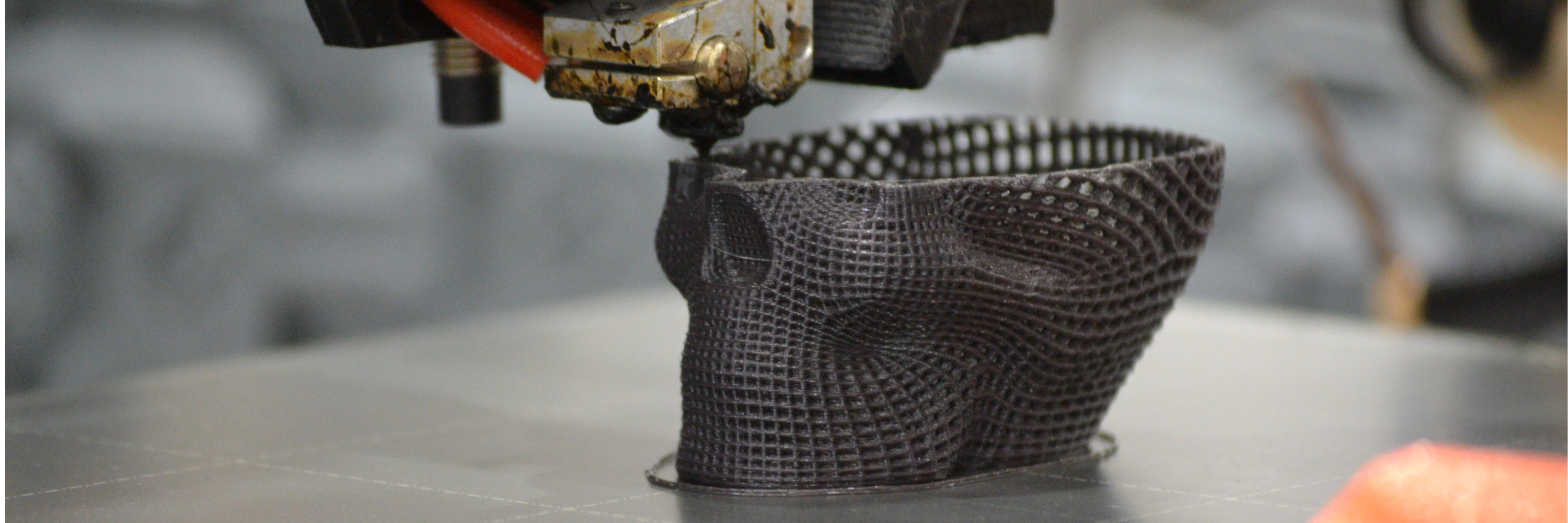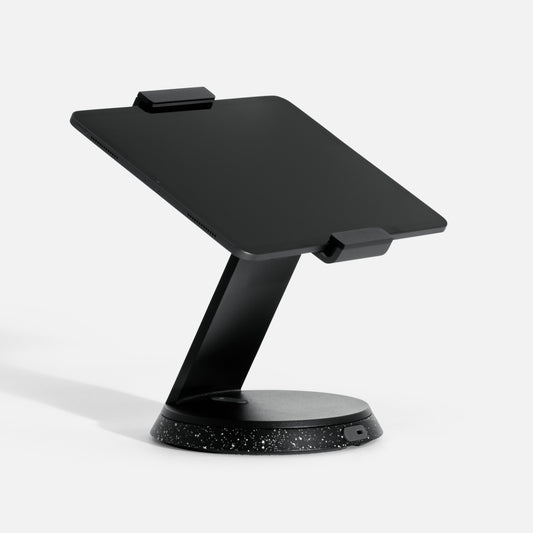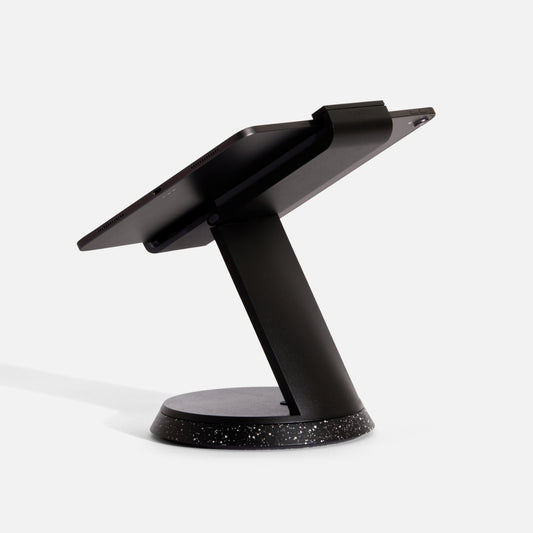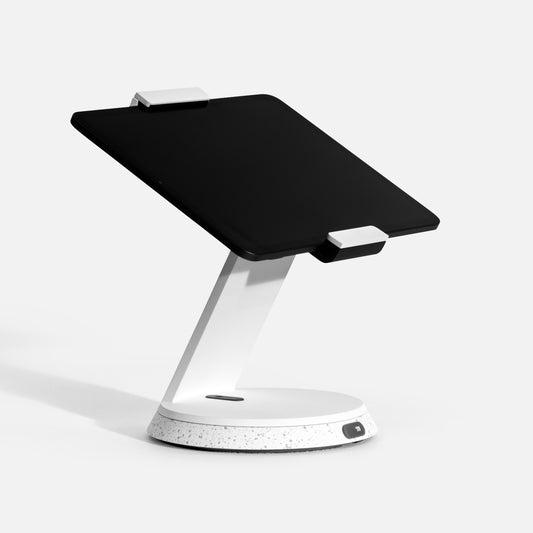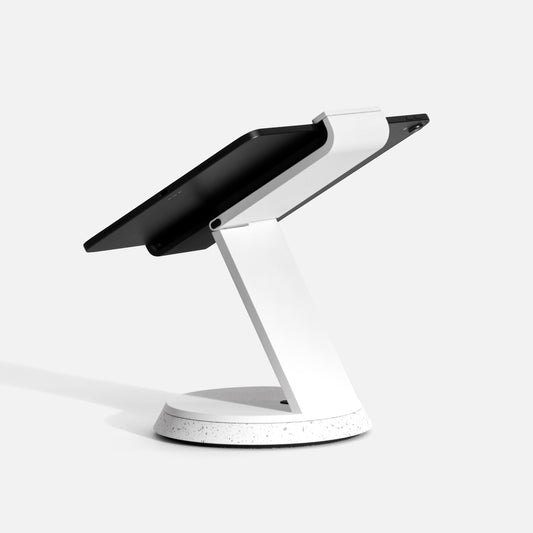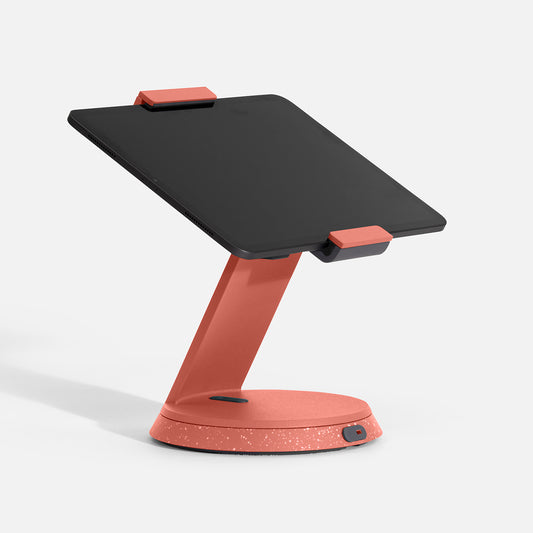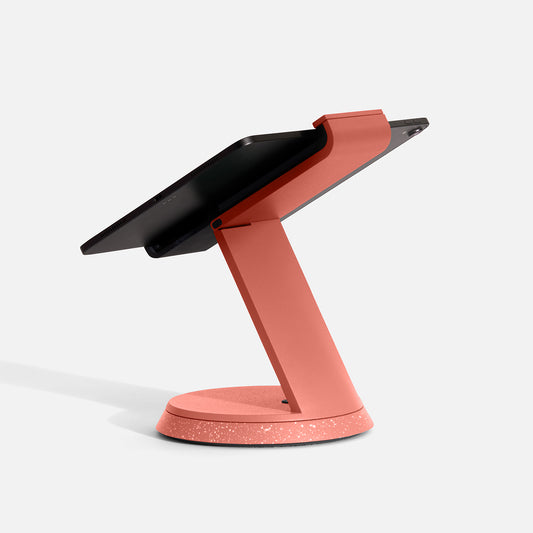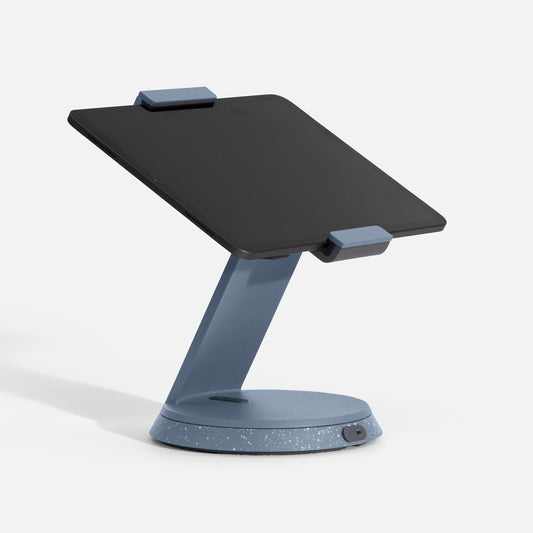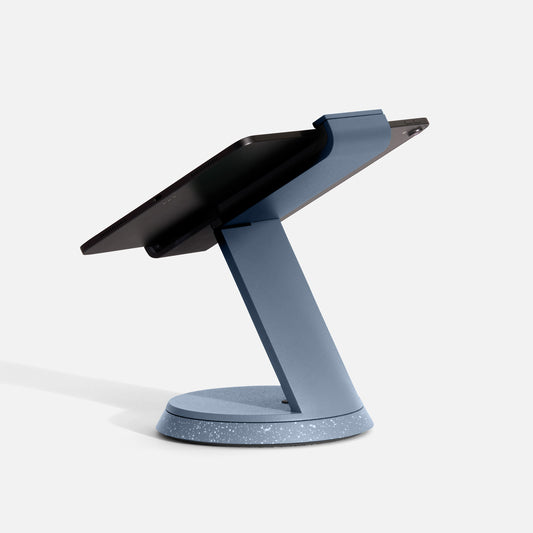3D printing used to be the stuff of science fiction movies. Not anymore.
Now anyone can use a 3D printer to build an object layer-by-layer, sort of like stacking paper-thin sheets on top of each other to make a sculpture.
Okay, so it’s a bit more sophisticated than that, but you get the idea.
For industrial designers, 3D printing is pure gold. No more waiting days or weeks – you can go straight from the drawing board to a working prototype in your hands within minutes.
But there’s more to it than just saving time (though that’s a massive bonus!). Rapid prototyping means industrial designers can be much more innovative, testing out lots of different ideas without it costing the earth.
You can test and refine to your heart’s content, nailing the design brief much more effectively than using traditional methods.
Let's take a deeper look into how 3D printing tech is shaking up entire industries.
Breaking Barriers with 3D Printing
If you think 3D printing only produces run-of-the-mill, poorly finished plastic models, think again.
These days you can 3D print with a variety of materials – high-quality plastics, metal alloys, and composites. This has opened up a whole new world of possibilities for industries such as aerospace and automotive, now that you can print strong, flexible, and heat-resistant objects.
The latest 3D printers have also improved immeasurably in terms of speed and accuracy. You know how the early 3D printers used to leave jagged edges and surfaces? Not anymore.
Multi-Material Printing
Instead of only printing with one material, now you can print parts that have different material properties in the same object. You can combine rigidity and flexibility, opacity and transparency – all in the same 3D print out.
For example, let’s say you’re designing a work boot. With multi-material printing, you can print a shoe where the sole is made of a durable, tough material for wear resistance, while the insole is printed with a softer, more comfortable material.
Or consider electronics—multi-material 3D printers can produce a phone case with a hard exterior for protection and a rubberized interior for shock absorption.
Real-World Applications of 3D PrintingSome companies are really starting to innovate with 3D printing and weaving it into their design and manufacturing processes in ways that are making a real difference.
BMW is using it for everything from prototypes to final parts and saving time and money in the process. Now, BMW engineers are able to test new designs without the hassle and expense of creating molds and tooling. Plus, 3D-printed parts are lighter and stronger, which means better performance and fuel efficiency.
And it's not just cars. Boeing is planning to print 3D parts for their Apache helicopters! The precision and light-weight nature of 3D printing is perfect to make their main rotor system much more efficient.
Overcoming 3D Printing Challenges
Putting on our realist hats for a moment – there’s no doubt that 3D printing has changed the industrial design game, but there are some hurdles to overcome. Here are the main ones:
Scalability3D printing is great for small jobs like rapid prototyping, but when scaling up to industrial-level additive manufacturing – things start to get costly.
However, in recent years, some new bigger and faster industrial-grade 3D printers have hit the market. Okay, so you can’t buy these at your local computer store, but big companies that mass produce items are already using them.
The main types of industrial-grade 3D printers are:
- Stereolithography (SLA): A laser beam, guided by a computer, moves across a special liquid polymer, hardening it layer by layer until you've got your object.
- Digital Light Processing (DLP): Similar to SLA, but faster. Instead of a single laser point, it uses a projector to harden an entire layer of resin at once.
- Selective Laser Sintering (SLS): A laser melts and fuses layers of powder together, bit by bit. Kind of like a high-tech version of building a sandcastle.
- Fused Deposition Modeling (FDM): Informally known as the "plastic squirting" method. A nozzle melts a filament of plastic and lays it down in a pattern, building up the object layer by layer.
Even with these advancements, cost is still an issue. Good 3D printers and materials aren't cheap, and then you've got upkeep and running costs to factor in too.
But there are some ways around it. Many companies are finding a sweet spot by using 3D printing for more complex customized parts, and sticking to traditional manufacturing for simpler stuff. Plus, there's been a push to use more budget-friendly materials and make printers more efficient, so that helps.
Future of 3D Printing in Industrial DesignWhat's coming down the pipeline is nothing short of amazing. Faster printers. Wider variety of materials. Eco-friendly options.
One of the most exciting developments is using AI assistance for industrial design and 3D printing. In theory, this should lead to even more precise prints, smarter use of materials, and printers that can predict problems before they happen. Overall, this should mean much less trial and error, resulting in less waste.
As things progress, industrial designers will have more freedom to experiment. Complex shapes, intricate details, unusual interactions between components – the sky's the limit.
That’s why it’s so important for industrial designers to keep learning. In all probability, understanding the ins and outs of 3D printing will be just as important as knowing design principles.
How Bouncepad Uses 3D PrintingIt’s an exciting time to be an industrial designer. The impossible is becoming possible.
Here at Bouncepad, our tablet and iPad stands are all about ergonomics and giving customers the best possible experience. The last thing we want is for people to say “Your design is great, but we can’t use the power or volume buttons!”
For that reason, we 3D print various parts to validate functionality, including access to the device buttons, the tablet support system, and cable clamps.
To discover more, find out how we design our Link tablet stand here, or our groundbreaking iPad POS stand Eddy here.

